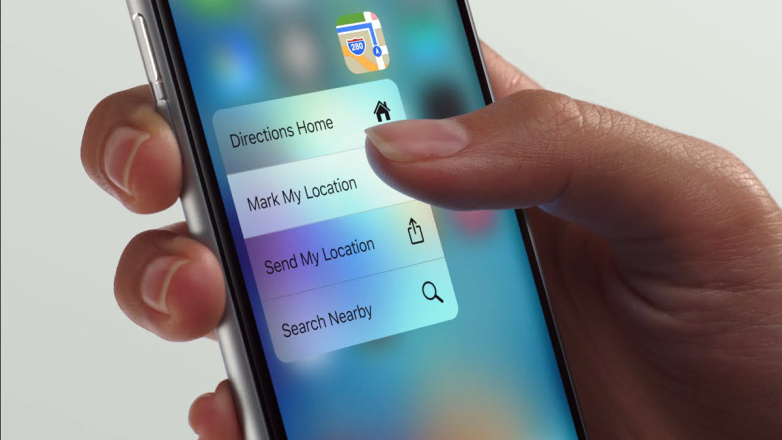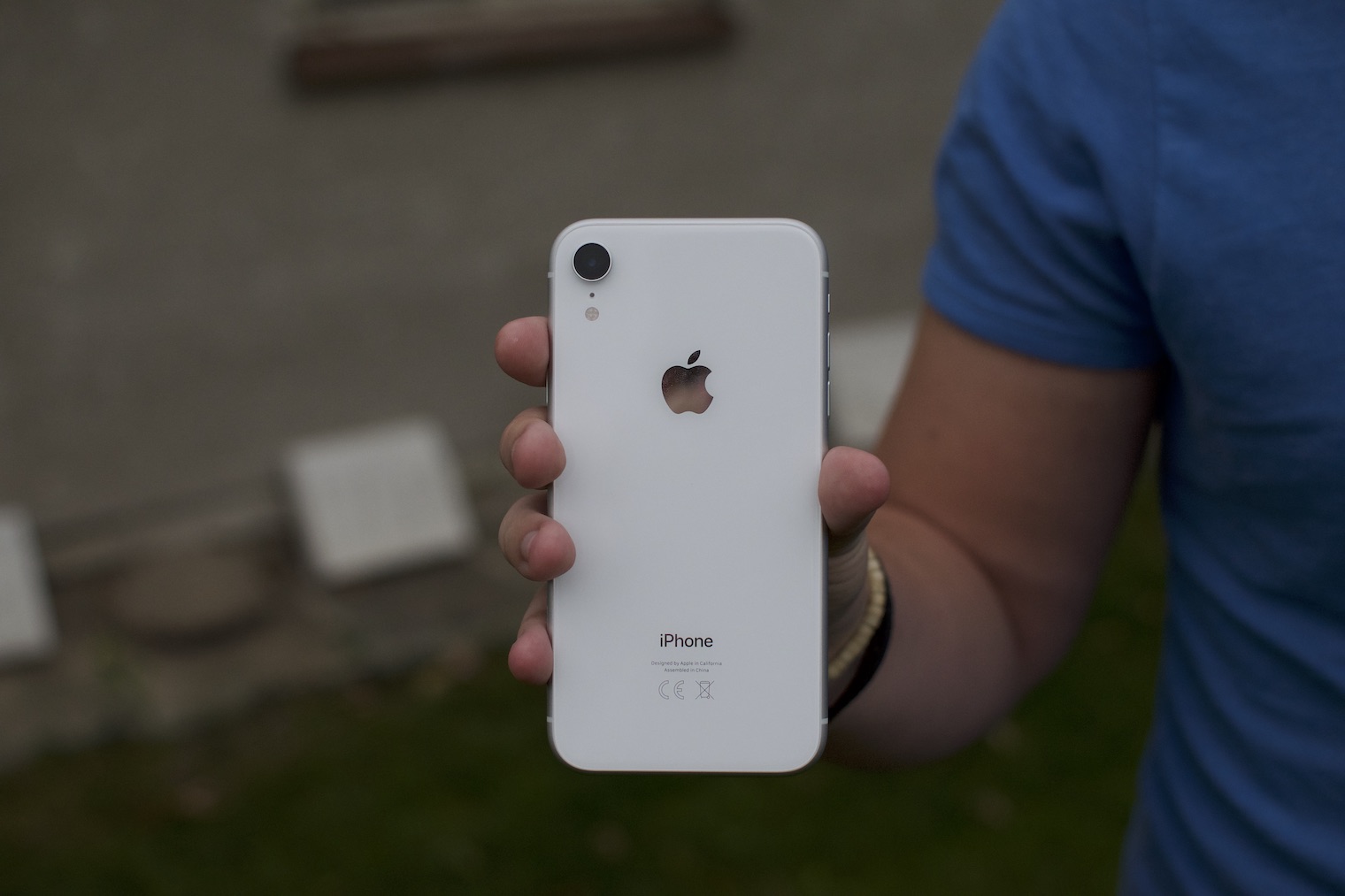With the arrival of the iPhone 6S, Apple users could rejoice in a rather interesting novelty called 3D Touch. Thanks to this, the Apple phone was able to respond to the pressure of the user and accordingly open a context menu with a number of other options, while the biggest benefit was, of course, simplicity. All you had to do was press a little on the display. Subsequently, every generation of the iPhone also had this technology.
It could be interest you

That is, until 2018, when a trio of phones – iPhone XS, iPhone XS Max and iPhone XR – applied for the floor. And it was the latter that offered the so-called Haptic Touch instead of 3D Touch, which did not respond to pressure, but simply held your finger on the display a little longer. The turning point came a year later. The iPhone 11 (Pro) series was already only available with Haptic Touch. However, if we look at Macs, we will find a similar gadget called Force Touch, which specifically refers to trackpads. They can also react to pressure and, for example, open a context menu, preview, dictionary and more. But what is more fundamental about them is always here with us.

Why did 3D Touch disappear, but Force Touch prevails?
From this point of view, a simple question is logically presented. Why did Apple completely bury the 3D Touch technology in iPhones, while in the case of Macs, i.e. their trackpads, it is slowly becoming irreplaceable? Moreover, when 3D Touch was introduced for the very first time, Apple emphasized that it was a major breakthrough in the world of Apple phones. He even compared it to multi-touch. Although people liked this novelty very quickly, it subsequently began to fall into oblivion and stopped being used, as well as developers stopped implementing it at all. Most (regular) users didn't even know about something like that.
In addition, 3D Touch technology was not so simple and took up quite a lot of space inside the device that could be used for something else entirely. That is, for a more visible change, the existence of which apple growers will already know and will thus be able to like it. Unfortunately, several factors worked against 3D Touch, and Apple failed to teach people how to control iOS in this way.
It could be interest you

Force Touch on the trackpad, on the other hand, is a little different. In this case, it is a relatively popular gadget that is very well connected to the macOS operating system and can use it to the maximum. If we press the cursor on a word, for example, a dictionary preview will open, if we do the same on a link (only in Safari), a preview of the given page will open, and so on. But even so, it is worth mentioning that there are still a lot of ordinary users who only use their Mac for basic tasks, who don't even know about Force Touch, or discover it completely by accident. On the other hand, it is necessary to realize that in the case of a trackpad, there is not a tough fight for every millimeter of space, and it is therefore not the slightest problem to have something similar here.




 Adam Kos
Adam Kos